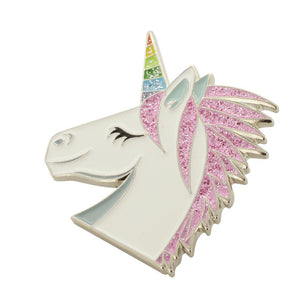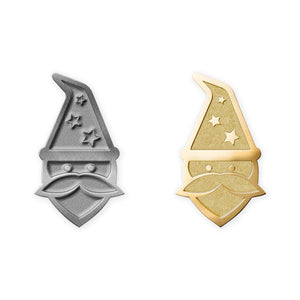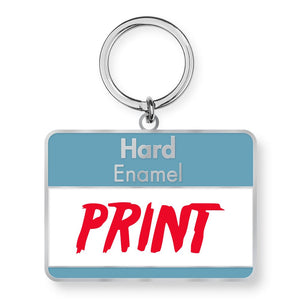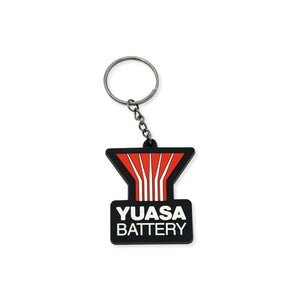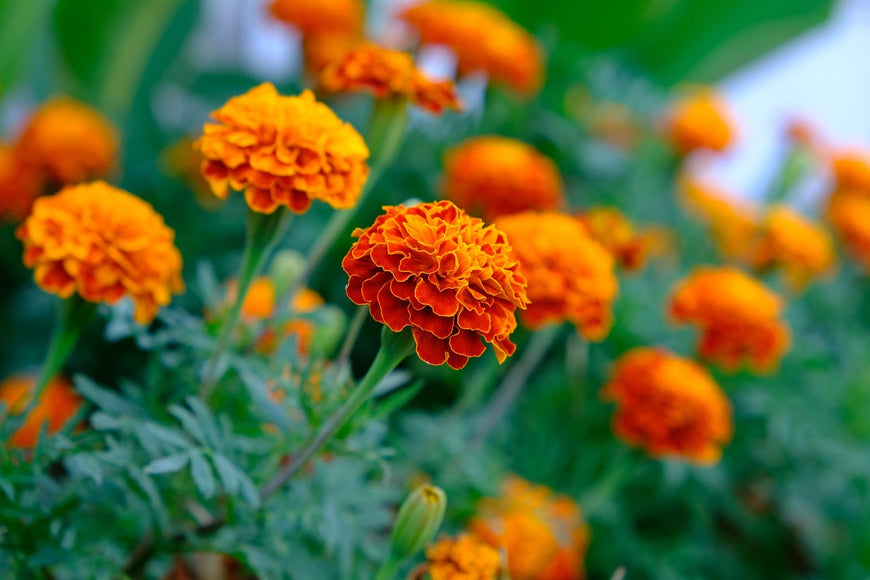Starting a flower garden is a rewarding way to bring color and life to your yard. With a little planning and care, even beginners can create a thriving garden full of beautiful blooms.
Pick a Sunny Spot
Choosing the spot for your garden is a crucial first step. Most flowers need plenty of sunlight to thrive, and you'll want to find an area that gets an ample amount. Watch how the sun moves across your yard throughout the day. If the spot gets enough natural light, it's likely a good choice. If not, look for a sunnier location or stick with flowers that can handle the shade.
Make Your Garden Easy to Reach
A flower garden should be both beautiful and practical. Pick a spot you can reach easily for watering, trimming, and other care. If the space is tight or awkward to walk through, consider adding a simple pathway. This not only makes the garden easier to tend but also adds a finished, intentional look.
Prepare the Soil for Drainage
Healthy roots need well-draining soil. When water builds up around plant roots, it can cause rot and other issues. To prevent this, look for a location that doesn't stay soggy after it rains. If that's not possible, try using a raised bed. You can also improve your soil by mixing in compost, mulch, sand, or materials like perlite. These additions help the soil stay light and prevent it from clumping together when it's wet.
Plan Before You Plant
A little design work up front can make a big difference in how your garden turns out. Think about color combinations, plant heights, and blooming times. You might group similar colors for a bold look or create contrast by alternating different textures. Try outlining your garden with tulip bulbs, then filling the interior with smaller flowers or perennials. This layering adds depth and variety. Creating a simple garden journal or planner can help you stay organized and make informed decisions. To stay on track while planting, consider using labeled pins to indicate where each flower will go.
Give Plants Space to Breathe
It can be tempting to plant everything close together for immediate impact. However, overcrowding can lead to poor airflow and an increased risk of disease. Before you begin planting, look up the recommended spacing for each flower type. Mark it out on the soil to give each plant the space it needs to thrive once it's fully grown.
Stagger Blooming Seasons
To keep your garden blooming throughout the warmer months, choose a variety of flowers that peak at different times. While cold climates might limit blooms in fall and winter, you can still enjoy a vibrant display from spring through summer by mixing early, mid-, and late-season flowers.
Start With Low-Maintenance Flowers
If you're new to gardening, start by growing flowers that are known to grow easily with minimal care. Reliable options include sunflowers, marigolds, cosmos, zinnias, morning glories, sweet peas, nasturtium, and coneflowers. These hardy picks can handle beginner mistakes and still flourish, and they don't need pins or stakes to support them as they grow like some more delicate species do.
Be Patient and Keep Learning
Above all, be patient. Growing a flower garden takes time, and no two plants behave the same way. Learn everything you can about the flowers you plant, and don't be afraid to experiment with watering, sunlight, and fertilizer until you find what works. With care and consistency, you'll develop a garden that gets better year after year.
Additional Flower Gardening Resources
- Basics of Flower Gardening
- Beginner Botany for Flower-Lovers
- Flower Gardening
- Getting to Know Your Garden
- Basic Plant Care: Understanding Your Plant's Needs
- Permaculture 101: A Beginner's Guide
- Gardening by Month
- Growing Native Plants
- Getting Started With Gardening
- How to Start a Flower Garden in Three Steps
- Flower Garden Design Basics
- Create a Garden Bed From Scratch
- Growing Perennials
- Hard Enamel Pins
- The Best Outdoor Flowers for Front Yards
- 15 Easy Annuals You Can Grow From Seed
- Learn How to Plant and Care for Your Spring Flower Bulbs
- 14 Simple Gardening Tips and Tricks
- Flower Gardening for Beginners
- Flower Gardening 101
- How to Protect Vegetable or Flower Gardens From Animals
- Light in the Greenhouse: How Much Is Enough?
- Perennial Flowers
- Custom Medals
- Growing Edible Flowers in Your Garden
- Growing Sunflowers for Beginners










